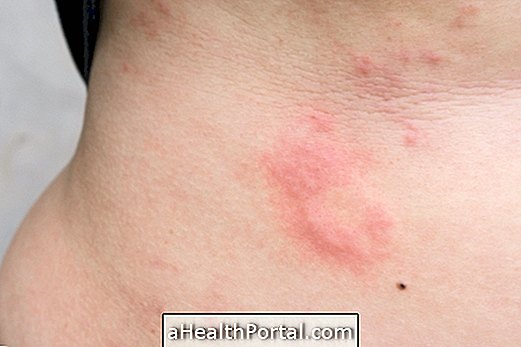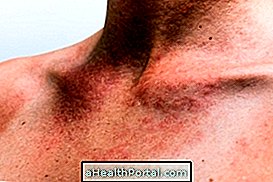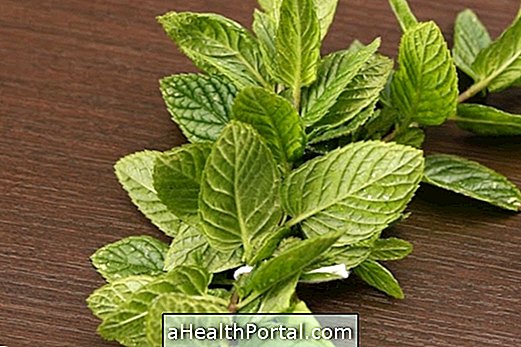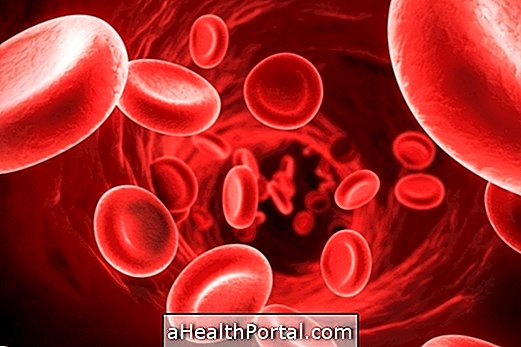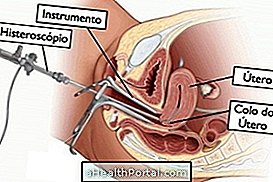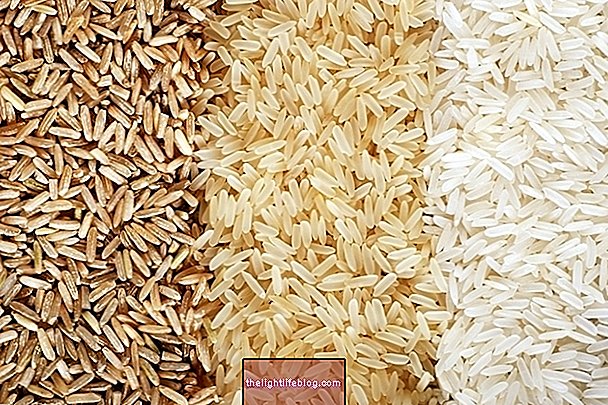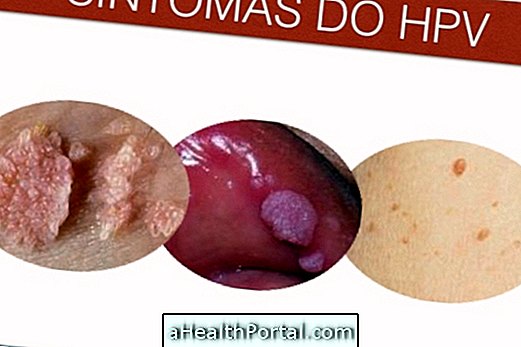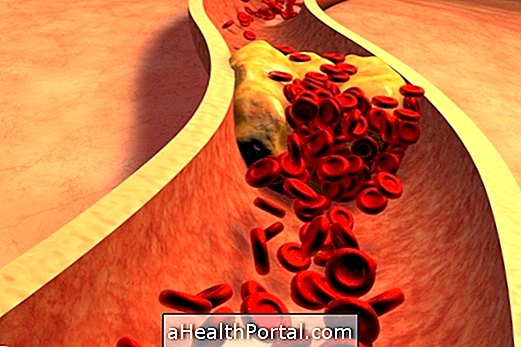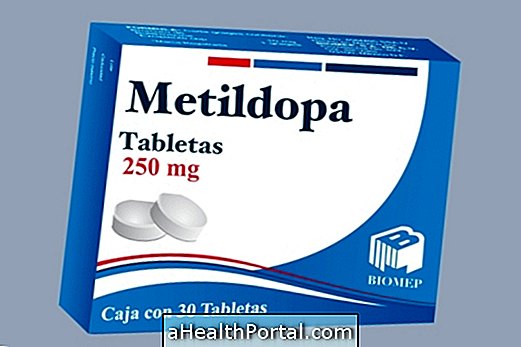Bacterial sinusitis corresponds to inflammation of the nasal sinuses caused by bacteria, causing symptoms such as excessive nasal secretion and frequent coryza. Usually this type of sinusitis is preceded by flu, colds or allergic crises, which leave the nasal mucosa more sensitive to the entry and proliferation of bacteria.
Treatment of this type of sinusitis, which is usually done with antibiotics, should be performed according to a medical recommendation to avoid complications. The symptoms of bacterial sinusitis last more than 10 days and are similar to that of viral, allergic or fungal sinusitis. See what are the symptoms of sinusitis and how to differentiate the major types.

Main symptoms
The symptoms of bacterial sinusitis last more than 10 days, the main ones being:
- Headache;
- Pain in the bones of the face;
- Fever;
- Frequent coryza;
- Sneezing;
- Dry cough;
- Watery, reddening eyes;
- Itchy eyes;
- Difficulty breathing;
- Nasal congestion;
- Dizziness;
- Tooth or upper jaw pain;
- Tiredness;
- Rhinitis;
- Bad smell from the nose;
- Bad breath;
Bacterial sinusitis occurs by the proliferation of bacteria in the sinuses, which leads to the production of secretions and, consequently, inflammation of respiratory cavities. The diagnosis can be made through imaging tests that identify nasal sinus inflammation and microbiological examination, which is done with a nasal secretion sample, which aims to identify the bacterium responsible for sinusitis. Understand more about what sinusitis is and how the diagnosis is made.
How is the treatment done?
The treatment of bacterial sinusitis is done with the use of antibiotics according to the microorganism identified in the microbiological examination. Antibiotics are used to decrease inflammation, however, some bacteria are resistant to the drug, making it difficult to treat. Therefore, it is important to take the antibiotic according to medical advice, even if the symptoms subside, because if the treatment is stopped, the sinusitis is likely to recur and the bacterium that causes inflammation becomes resistant to the antibiotic used. Learn how to treat different types of sinusitis.
The use of nasal decongestants and saline may be useful for flushing nostrils. In addition, water vapor inhalations can be performed, since it is able to decongest and decrease the secretions formed in the nasal mucosa. Here's how to do the nasal wash for sinusitis.
See other home remedies by watching this video:


